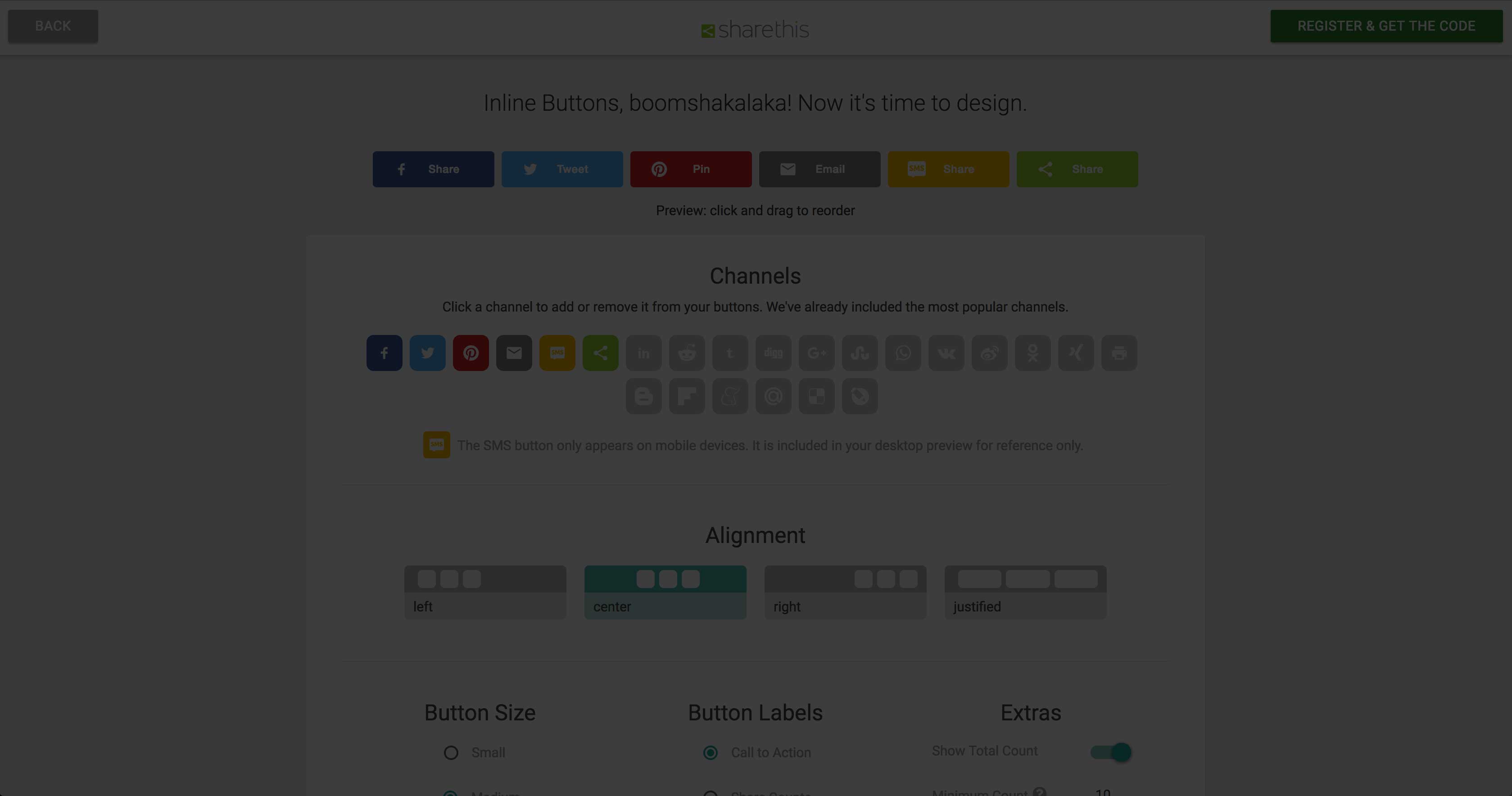
To survive and thrive in the fiercely competitive publishing industry, publishers are tapping into different sources of monetization. Recently, many publishers started to wring more money and traffic out of their archived stories by using smart search engines and social media platforms to retool old content.
Content — whether it’s an evergreen piece or a large investigative report — not only drives traffic, but can also help a publication increase its social audience. Digiday recently reported that at legacy publishers, like The Atlantic, older content generates almost a quarter of their traffic. It’s not just about improving numbers though — growing an audience from past content also establishes a publisher’s authority on a subject.
With the right tools and clever ways to repackage social content, making older content new again should be easy and rewarding. Below are three tips to help you make the best use of your old content.
1. Review analytics for trending words or phrases
Because news is often cyclical, journalists usually reference older figures and events in newer stories to piece together a larger narrative that helps readers understand the backstory.
For example, President Trump has clearly been a hot topic over the past year, and many are curious about his life as a businessman and his family’s whereabouts. Reports on President Trump’s past business dealings generate interests and a significant spike in traffic.
The New Yorker has mined its archives for the trending topic, and has notably posted about a reporter’s work on the President multiple times in the past year. As shown below, the publication came up with different pictures each time to re-draw attention and show that it’s not simply recycling old story.


2. Make a plan for your archive
Even if there’s no clear news peg, there are still ways of building an audience with older content. Publishers should tap into internal resources, like comments sections and find out what readers are searching for within the publisher’s website. Swiss news publisher Le Temps recently launched Project Zombie, a task force that uses data science to get alerts on which articles will do well if they are republished on the site or social media.
One word of caution: When you retool archived content, consider labeling it as such so readers don’t get confused. Here’s how Washington Post has labeled and re-posted about the late Chef Michel Richard:

3. Repackage your content for social
So how can publishers improve their old content monetization game? It’s all about tweaking a smidgen and offering up older articles with relevant news hooks.
The Atlantic gathered a number of important stories and celebrity losses from 2016, and reiterated a popular sentiment that had been percolating about the year for some time—a smart way to drive traffic and be in-touch with its readers.

The New York Times is a master at planning and promoting its archived content. The publication has thousands of evergreen recipes for specific cuisine within its Cooking section and it picked and reposted different recipes for relevant occasions.
No matter what type of publication you are, there is valuable content awaiting to be pulled back into shape. From developing a game plan for archived stories to re-testing older content in newer formats, smart analysis with the help of tools like ShareThis’s Social A/B gives publishers insight around what readers want — be it a witty new headline, updated copy, or new images to get the best user response. It might be a more scientific approach, but it’s one that publishers can depend on for repeated success.





